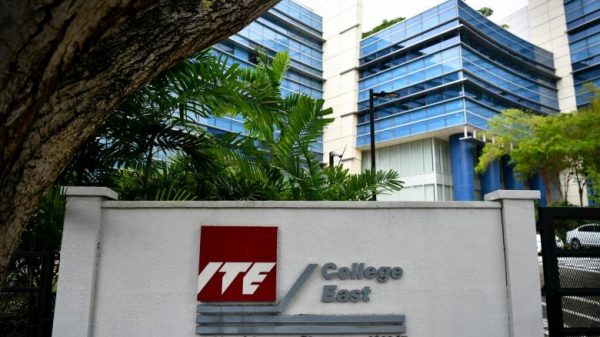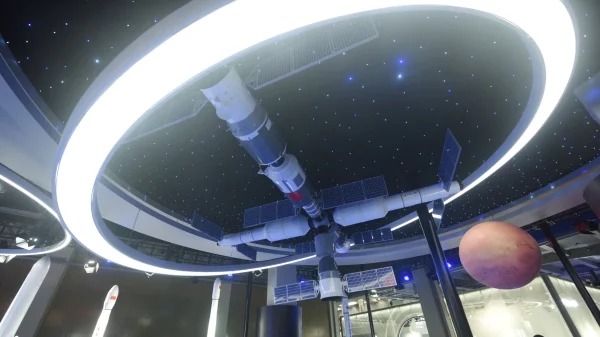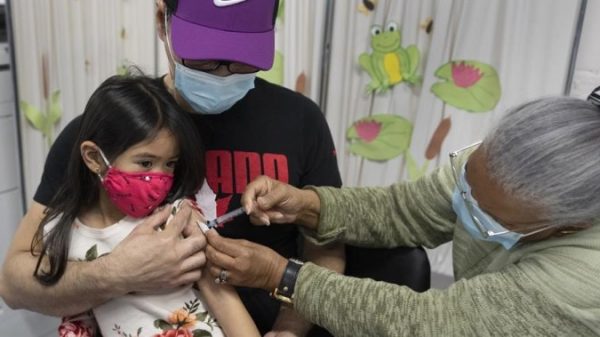Your next load of groceries may be moved by a modern-day bionic man or woman.
The U.S. supply-chain arm of supermarket-owner Koninklijke Ahold Delhaize NV is expanding its use of a newer type of wearable robotic technology that workers strap on to help ease the strain of lifting heavy boxes all day.
The devices known as exosuits are a tech-filled step beyond the back belts that blue-collar workers often wear, laced with sensors and algorithms that detect how workers move and help them lift and load as they work though warehouses.
The devices are the latest entry in a distribution sector wrestling with concerns over worker safety and health in warehouse operations that have boomed over the past year as consumers under pandemic lockdowns have turned to ordering goods online.
Amazon.com Inc. has stepped up injury-prevention programs amid criticism of working conditions in its big fulfillment centers and warehouse operators are testing other technology aimed at reducing injuries from repetitive tasks.
Companies have turned to more use of robots in warehousing operations but many tasks requiring fine-motor skills still must be performed by people.
Cambridge, Mass.-based Verve Motion says its battery-powered devices can reduce 30% to 40% of the strain from lifting, helping relieve workers’ backs without restricting their movements.
The company has been working with Netherlands-based Ahold Delhaize’s ADUSA Supply Chain network, which supports U.S. brands including Food Lion and Stop & Shop and began testing the lightweight devices last year. The business plans to expand the pilot to include more than 250 exosuits over the next few months at multiple locations, ADUSA Supply Chain said Tuesday.
The company started testing the devices at two sites last year, with a goal of reducing worker fatigue and soft tissue injuries. Chris Lewis, president of ADUSA Supply Chain, said that could also help retain employees in a tight labor market.
“Having it be more compelling for people to want to work for us” was “very much on top of our minds,” Mr. Lewis said.
The pilot focused on workers known as selectors who assemble orders for retail stores and e-commerce fulfillment centers. The selectors drive forklifts around warehouses, pulling down cases of goods and adding them to pallets for 8 to 10 hours a day.
The company tested the exosuits, which strap on like a backpack and weigh 4 to 5 pounds, on both male and female workers and those with a range of ages and body types.
The device doesn’t boost how much weight people can lift, Mr. Lewis said, “it just reduces the strain you feel when you’re picking it up.”
Workplace safety experts say such technologies are promising, but aren’t a substitute for other methods of reducing injuries, such as regular ergonomic training or limiting the time workers spend on strenuous tasks. Wearable devices such as exosuits also should be monitored over time to determine long-term safety and effectiveness.
“They need to be used in an intelligent way,” said Dr. Martin Cohen, an industrial hygienist and teaching professor at the University of Washington’s department of environmental and occupational health sciences. “You need to be aware of any repercussions or unintended consequences of using” such devices, including whether they change how a person’s muscles react in certain movements, he said.
ADUSA Supply Chain’s safety and ergonomics teams were closely involved in the pilot, which didn’t involve medical personnel, a spokeswoman said. The company does ergonomic training and support for distribution workers, she said, regardless of whether they are wearing exosuits.
Verve Motion Chief Executive Ignacio Galiana said the company, whose legal name is Verve Inc., is focused on the supply chain and logistics market, but declined to name other customers. “There are millions of workers doing manual material handling jobs in the U.S.” he said. “That’s a huge market.”
Write to Jennifer Smith at jennifer.smith@wsj.com
Copyright ©2020 Dow Jones & Company, Inc. All Rights Reserved. 87990cbe856818d5eddac44c7b1cdeb8













































